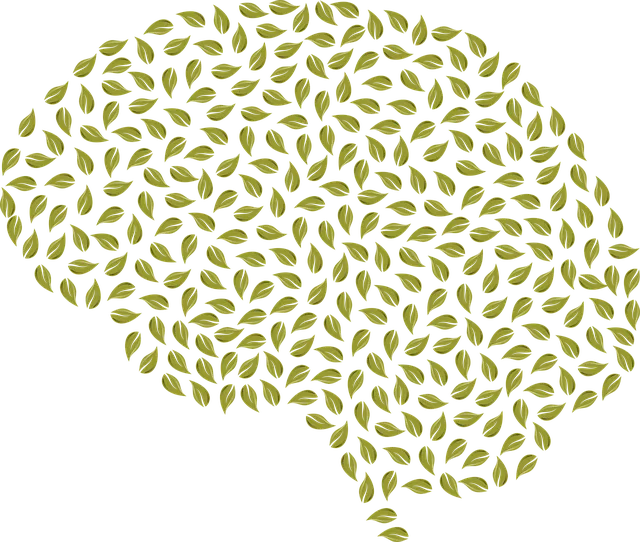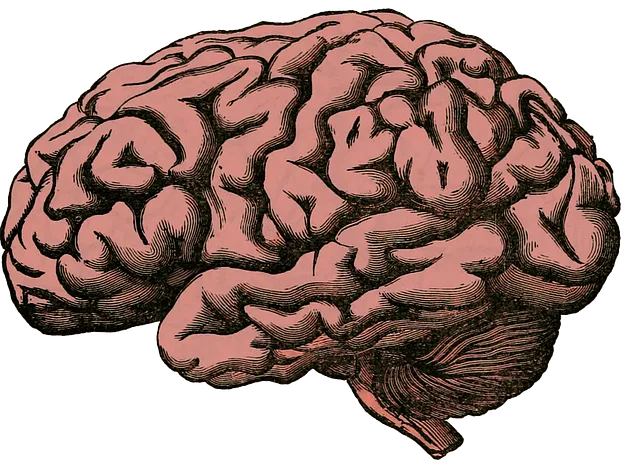Castle Rock Kaiser Permanente has developed digital mental wellness apps that offer personalized therapy, mood tracking, and stress management techniques to improve mental well-being. These apps prioritize evidence-based practices like mindfulness exercises and cognitive behavioral therapy, include daily mood trackers, guided meditations, and achievable goals with rewards. They're designed for consistent use and provide timely support during heightened stress or anxiety, including crisis intervention resources. Through meticulous UX design, personalization, and burnout prevention strategies, these apps aim to enhance user adherence and promote mental wellness, reflecting Castle Rock Kaiser Permanente's commitment to accessible mental healthcare.
In today’s fast-paced world, mental wellness apps are becoming essential tools for managing stress and improving overall well-being. This article explores the growing importance of these digital solutions, using Castle Rock Kaiser Permanente’s innovative approach as a case study. We delve into designing effective features for mental health apps and the development process required to create reliable, user-centric applications. By examining real-world examples like Castle Rock Kaiser Permanente, we uncover best practices for enhancing mental wellness through technology.
- Understanding the Need for Mental Wellness Apps: A Overview of Castle Rock Kaiser Permanente's Approach
- Designing Effective Features and Functions for a Mental Health App
- Development Process: Building a Reliable and User-Centric Mental Wellness Application
Understanding the Need for Mental Wellness Apps: A Overview of Castle Rock Kaiser Permanente's Approach

In today’s fast-paced world, mental health is a critical aspect often overlooked amidst the hustle and bustle of daily life. Recognizing this pressing need, Castle Rock Kaiser Permanente has taken a proactive approach by designing mental health education programs that cater to the digital age. Their focus on developing mental wellness apps underscores their commitment to making quality mental healthcare accessible to all.
These apps are not just about providing a confidence-boosting platform; they offer a comprehensive solution. By integrating various features, such as personalized therapy sessions, mood tracking, and stress management techniques, Castle Rock Kaiser Permanente aims to empower individuals with the tools needed to maintain and improve their mental wellness. This innovative strategy ensures that people have convenient access to resources that support their overall well-being, regardless of location or personal circumstances.
Designing Effective Features and Functions for a Mental Health App

When designing features for a mental wellness app, it’s essential to prioritize user needs and Castle Rock Kaiser Permanente mental health guidelines. Incorporate functions that support evidence-based practices like mindfulness exercises, cognitive behavioral therapy techniques, and stress management tools. These can include daily mood trackers, guided meditations, and personalized coping strategies tailored to individual needs. By integrating Mind Over Matter Principles, users can develop healthier thinking patterns and self-esteem improvement.
Additionally, focus on features that promote consistent use and encourage positive habits. This might involve setting achievable goals, rewarding progress, and providing regular reminders for activities like journaling or engaging in physical activity. Effective mood management is key; ensure the app offers timely support during periods of heightened stress or anxiety, with resources for crisis intervention and professional help when necessary.
Development Process: Building a Reliable and User-Centric Mental Wellness Application

Developing a mental wellness application requires a meticulous process that prioritises reliability and user-centric design. The initial step involves defining the app’s purpose and target audience, especially considering organisations like Castle Rock Kaiser Permanente who focus on mental health services. Researching user needs and pain points is crucial to creating an application that offers genuine value, aligning with the evolving demands of healthcare systems.
User experience (UX) design plays a pivotal role in ensuring the app is intuitive, accessible, and engaging. Incorporating features like personalisation, gamification, or mindfulness exercises can enhance user adherence and satisfaction. Additionally, integrating burnout prevention strategies for healthcare providers, such as those promoted by Castle Rock Kaiser Permanente, through emotional intelligence-based tools can significantly contribute to the app’s effectiveness in promoting mental wellness.
The development of mental wellness apps, as exemplified by Castle Rock Kaiser Permanente’s innovative approach, is a crucial step in addressing the growing need for accessible and personalized mental healthcare solutions. By integrating user-centric design principles and focusing on effective features, these applications have the potential to revolutionize how individuals manage their mental well-being. As the digital landscape evolves, the seamless integration of mental health support through apps like those developed by Castle Rock Kaiser Permanente can lead to improved outcomes and enhanced accessibility for those seeking guidance and care.






